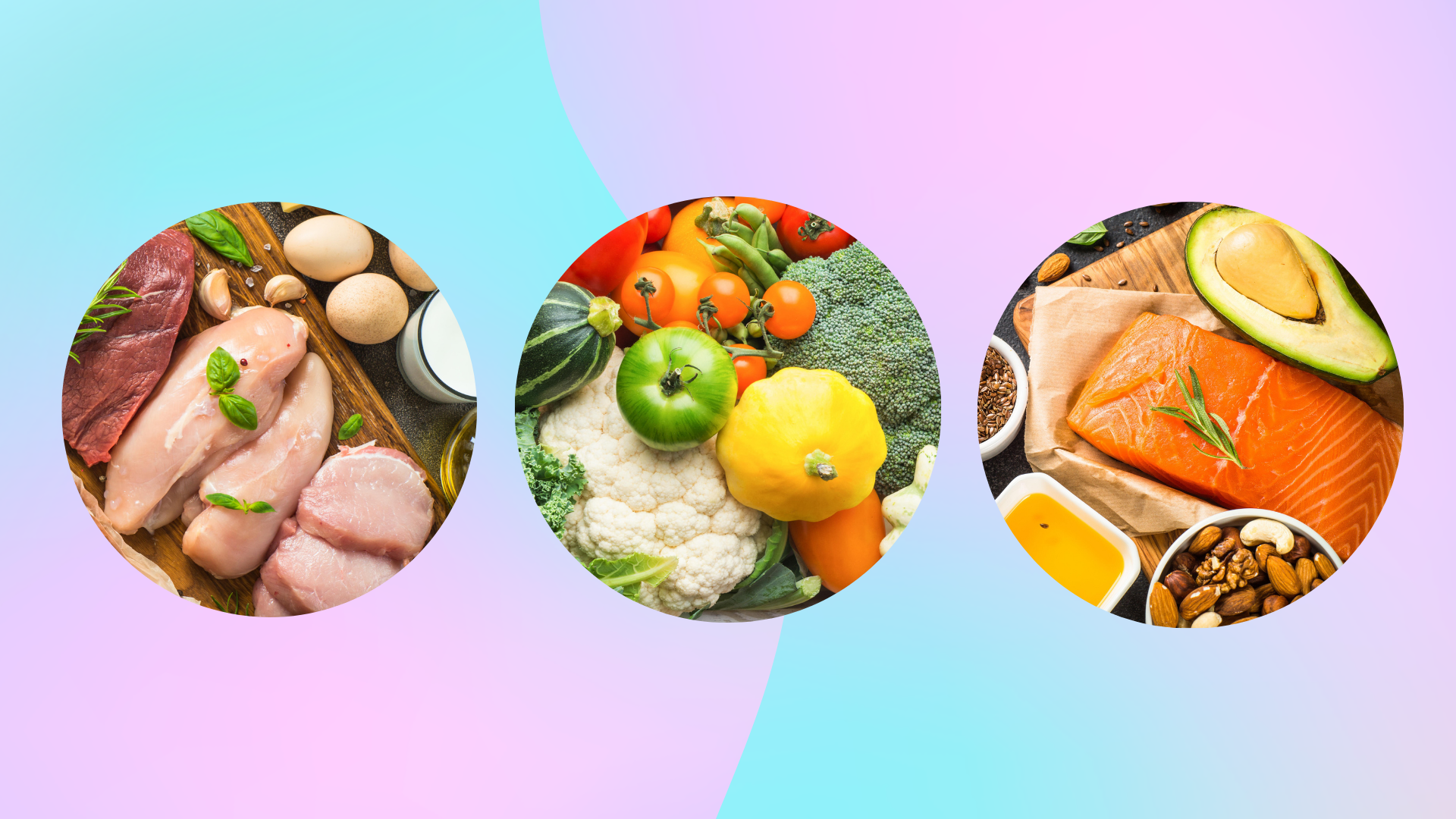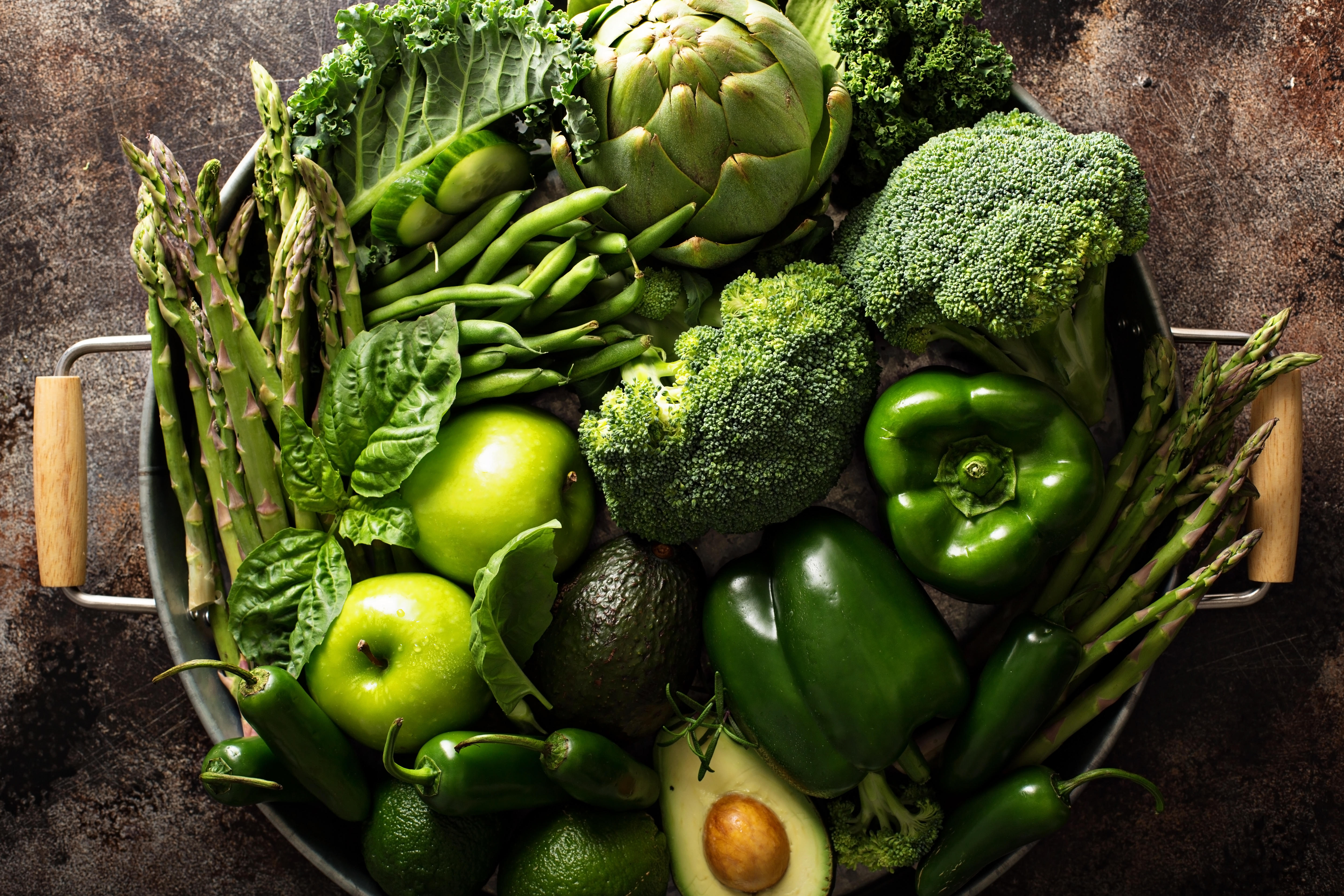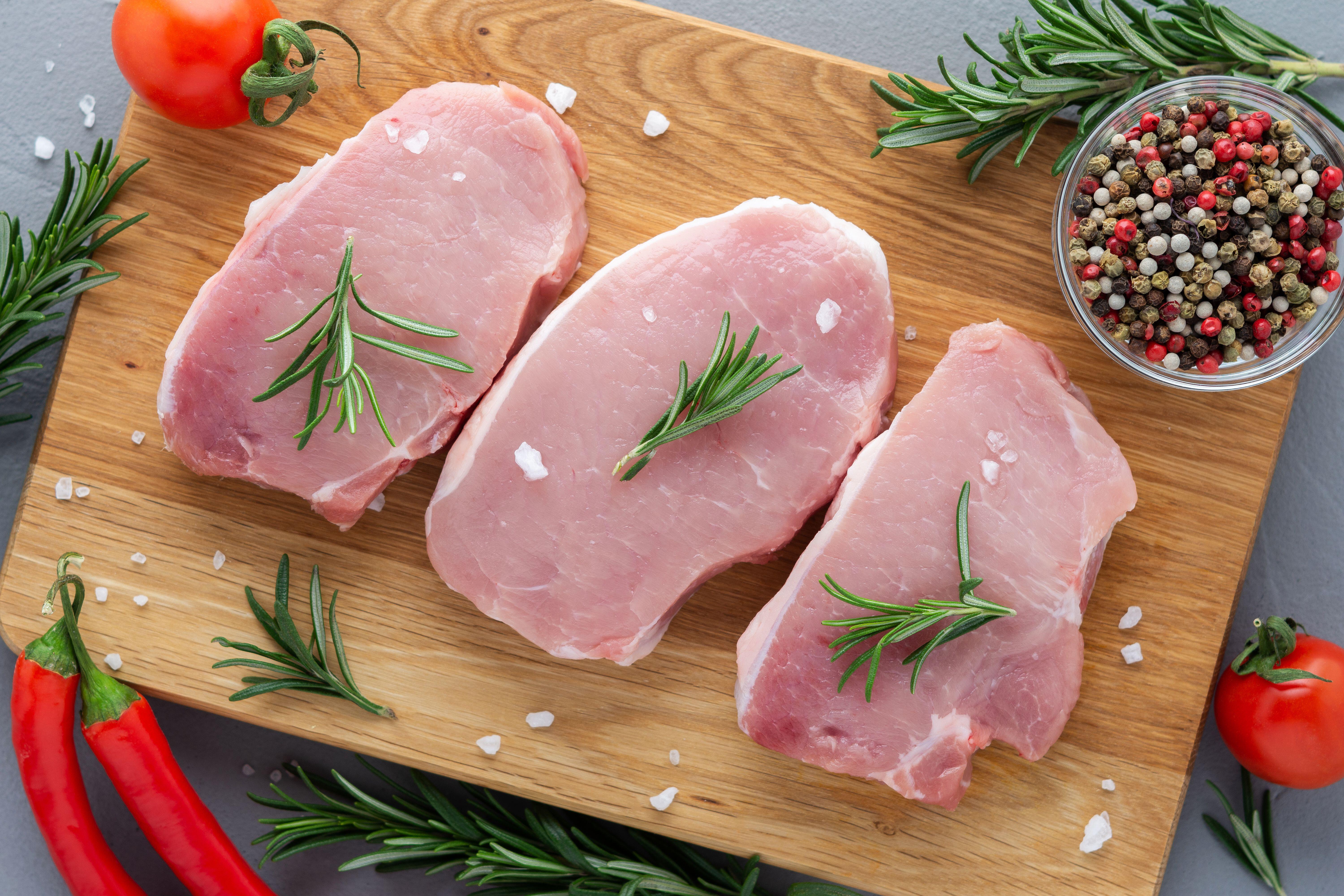What foods can you eat on the Zone diet - and is the diet right for you?


The Zone diet has been a popular way to lose weight for more than 30 years.
Created by Dr Barry Sears, it is a high protein diet, alongside others like the Aktins diet and the Dunkan diet.
One of the benefits of the Zone diet is that the food you can eat is quite varied. This is because the plan involves dividing your snacks and meals into protein, carbohydrate and fat portions.
Dietitian Sophie Medlin explains: "The Zone Diet involves sticking to a strict ratio of 40% carbohydrate, 30% protein and 30% fat at every meal."
The idea behind the diet is that when people eat the right balance of food they get in ‘the Zone’ to achieve and maintain weight loss. Studies have found it can also reduce inflammation, which can lead to weight gain and type 2 diabetes.
The Zone diet also promotes eating carbs with a low glycemic index (GI). This means they provide a slow release of sugar into the blood to keep you fuller for longer.
So having the proper balance of these nutrients at every meal keeps your hormones in check, while managing hunger and fatigue for the next four to five hours.
GoodtoKnow Newsletter
Parenting advice, hot topics, best buys and family finance tips delivered straight to your inbox.
As a result, while it is recognised as one of the diets that work fast, some people also use it to make life-long dietary changes.
What foods can you eat on the Zone diet?
The foods you can eat on the Zone diet are divided up into protein, carbohydrates and fat. For every meal or snack, you should be aiming for 30% of your plate to be lean protein. Another 30% of your plate should be monounsaturated fat, not saturated fats and omega-6 fats. The remaining 40% of your plate should be carbohydrates, with a low GI. This includes lots of colourful vegetables and a little fruit.
Studies have found that low GI diets can result in improvements in glycaemic control, blood pressure, and inflammation of people with controlled diabetes.
The food choices are actually quite similar to the Mediterranean diet and water is the main drink on the plan.
Here is a list of good foods to include in the Zone diet:
Protein
- Poultry - Skinless chicken and turkey
- Fish - Salmon, cod, haddock, seabass, sole, scallops, prawns, etc
- Lean meat - Beef, pork, lamb, etc
- Tofu
- Egg whites
- Low-fat dairy - Yoghurt, soft cheese, milk, etc
Monounsaturated fat
- Olive oil
- Nuts - Almonds, cashews, pecans, pistachios, hazelnuts, etc
- Avocados
Carbohydrates (with a low GI)
- Vegetables - Tomatoes, cucumber, cauliflower, mushrooms, broccoli, green beans, spinach, kale, asparagus, aubergine, peppers, etc
- Fruit - Apples, pears, plums, oranges, strawberries, cherries, blueberries, grapefruit, etc

Nutritionist Nishtha Patel, from The Gut Expert, says: "The Zone diet is quite similar to the Mediterranean diet as you eat lots of veg, some fruit, a little protein, small amounts of healthy fats and very little starchy grains. It is anti-inflammatory and balances hormones, helps weight loss and blood sugar balancing.
"The biggest difference between the two is that the Zone diet includes very little grains and a lot more emphasis on non-starchy vegetables. This small difference makes a huge impact on balancing blood sugar and hormones. The extra fibre from the vegetables is rich in prebiotics, thus improving gut health. The extra antioxidants and polyphenols from the vegetables also help decrease inflammation in the body."
What foods can't you eat on the Zone diet?
While no foods are officially 'banned' on the Zone diet, the plan encourages followers to avoid eating carbohydrates with a high GI, as well as those that are refined or processed.
The following foods should therefore be avoided where possible:
- High sugar fruits - Mangoes, cherries, grapes, pears, bananas, figs, raisins, etc
- Starchy vegetables - Potatoes, sweet potatoes, carrots, squash, corn, etc
- Sugary food and drink - Cakes, sweets, fizzy drinks, fruit juice, etc
- Refined and processed carbohydrates - Bread, pasta, cereals, white rice, etc
- Caffeinated drinks - Tea, coffee, etc
- Alcohol
How to follow the Zone diet?
There are two different methods you can use to follow the Zone diet: the hand-eye method and the food block method. Many people find the hand-eye method easier to use when they are starting out. They then move onto the block method as they become more confident with the plan.
The hand-eye method
The hand-eye method in the Zone diet simply means using your hands and eyes to judge the amount of food on your plate corresponds with the required protein, fat and carbohydrate percentages.
So firstly, use the palm of your hand to estimate the size and thickness of a piece of protein for one third of your plate. Secondly, add a small amount of monounsaturated fat to the next third of your plate. Finally, fill the remainder your plate with plenty of low GI carbohydrates.
Your hand can also act as a reminder to eat five times a day and to never go more than five hours without food.
The food block method
Once you feel comfortable with the basics, many people then move onto the Zone diet’s food block method. This is considered to be a more precise way to achieve the correct balance.
Zone food blocks are a measurement used to define how much of these macronutrients you should be eating throughout the day. Each food block consists of one block of protein, one block of carbohydrate and one block of fat.
The goal is to have a 1:1:1 ratio of protein, carbohydrate, and fat blocks at every meal and snack. The average female eats 11 blocks each day and the average male 14 blocks each day. Although you can use this calculator to work out exactly how many blocks you should be consuming.
One block is measured as 7g of protein, 9g of carbohydrate minus fibre and 1.5g of fat (if you use animal protein at a meal) or 3g of fat (if your protein source is vegetarian).

What are the benefits of the Zone diet?
The benefits of being on the Zone diet include weight loss and feeling fuller for longer. There is also some evidence to suggest that a low GI diet can reduce the risk of health conditions, such as heart disease and diabetes.
Sophie, who is the director of CityDietitians, says: “The Zone diet promotes slow release carbohydrates, lean protein and fruits and vegetables and limits processed foods in the same way that evidence-based dietary guidelines do.”
Many people also like the Zone diet as it offers more variety than some other high protein diets, such as the Atkins diet.
What are the negatives of the Zone diet?
Dr Sears is so confident about the Zone diet that he has conducted research into whether the plan should be adopted as a national diet in the US to tackle issues with obesity and type 2 diabetes.
However, some of the criticism of the Zone diet is that there is not enough scientific evidence to support it.
Some people also reported feeling tired on the plan. This study found that athletes who followed the diet for a week lost weight, but experienced greater levels of exhaustion.
Sophie also warns that it restricts some healthy foods. She says: “The diet restricts some fruits and vegetables which is always a diet red flag. It also eliminates most carbohydrates. This restriction and demonisation of healthy foods and key food staples is harmful to our relationship with food and can lead to anxiety about eating.”
While the Zone diet can be followed by vegetarians it may be more difficult as it limits some grain foods.
Is the Zone diet right for you?
The Zone diet may suit you if you are looking to lose some weight and cut out unhealthy and processed food from your diet. People who are at risk of heart disease or diabetes may also find it to be beneficial.
However, if you already have diabetes or high cholesterol you should check with your doctor before starting the Zone diet.
The plan is not suitable for people with kidney issues, due to the high protein.
http://www.youtube.com/watch?v=aAK6tB74abo
Video of the Week

Emily-Ann Elliott is an experienced online and print journalist, with a focus on health, travel, and parenting. After beginning her career as a health journalist at The Basingstoke Gazette, she worked at a number of regional newspapers before moving to BBC News online. She later worked as a journalist for Comic Relief, covering stories about health and international development, as well as The Independent, The i, The Guardian, and The Telegraph. Following the birth of her son with neonatal meningitis, Emily-Ann has a particular interest in neonatal health and parental support. Emily-Ann has a degree in English literature from the University of Newcastle and has NCTJ and NCE qualifications in newspaper journalism.